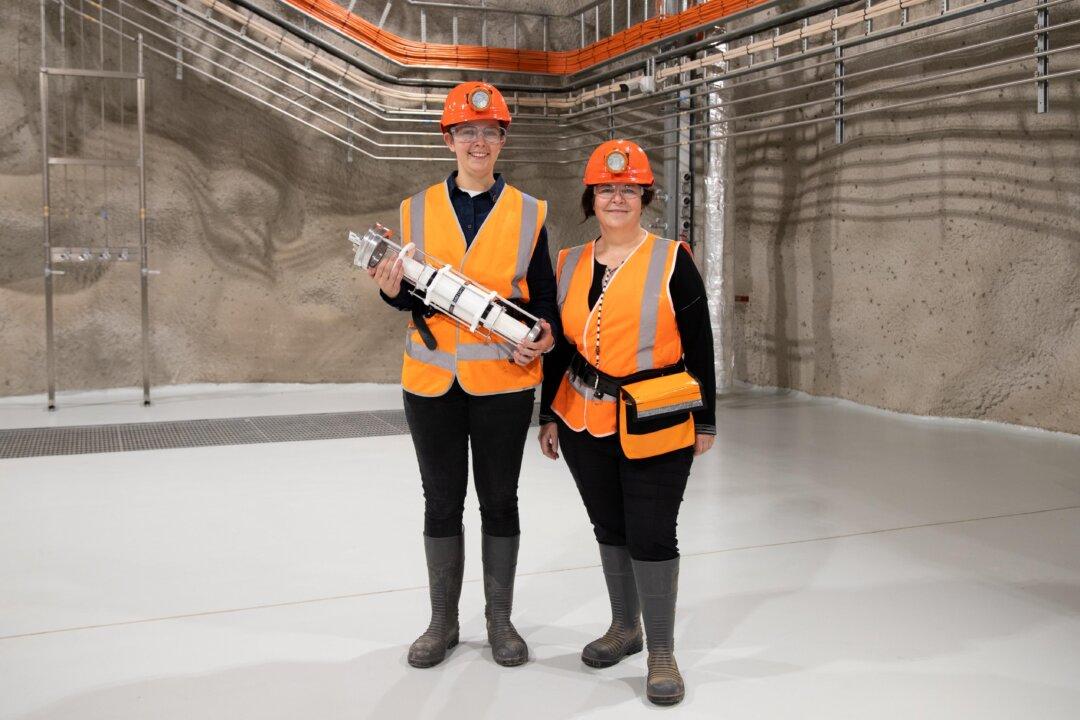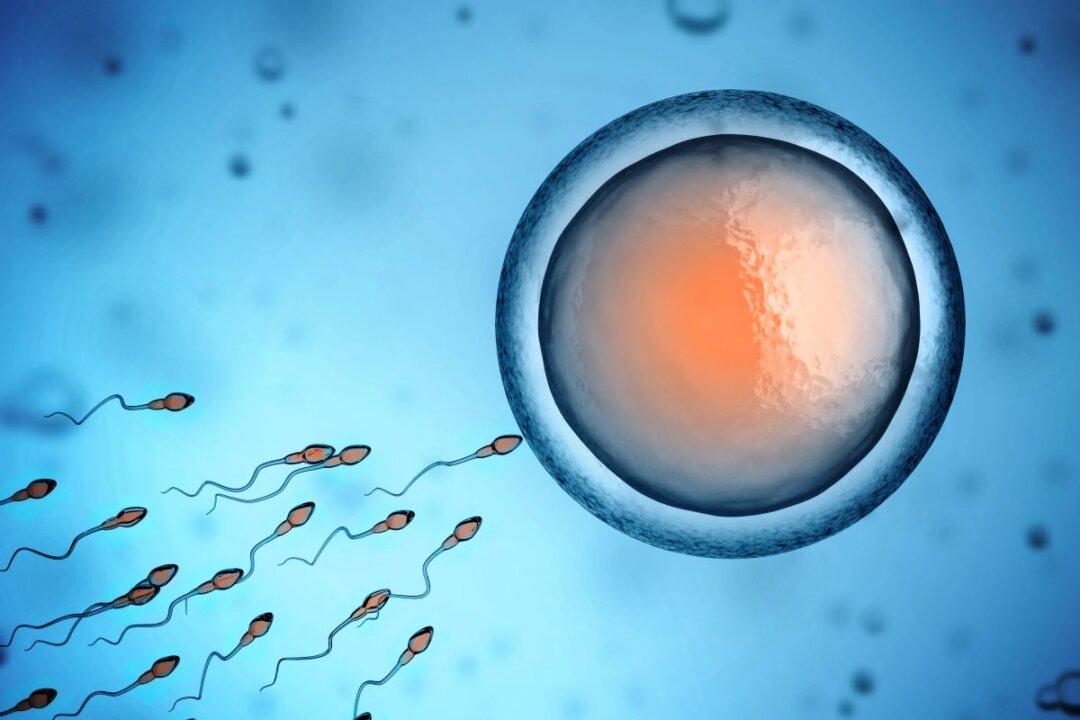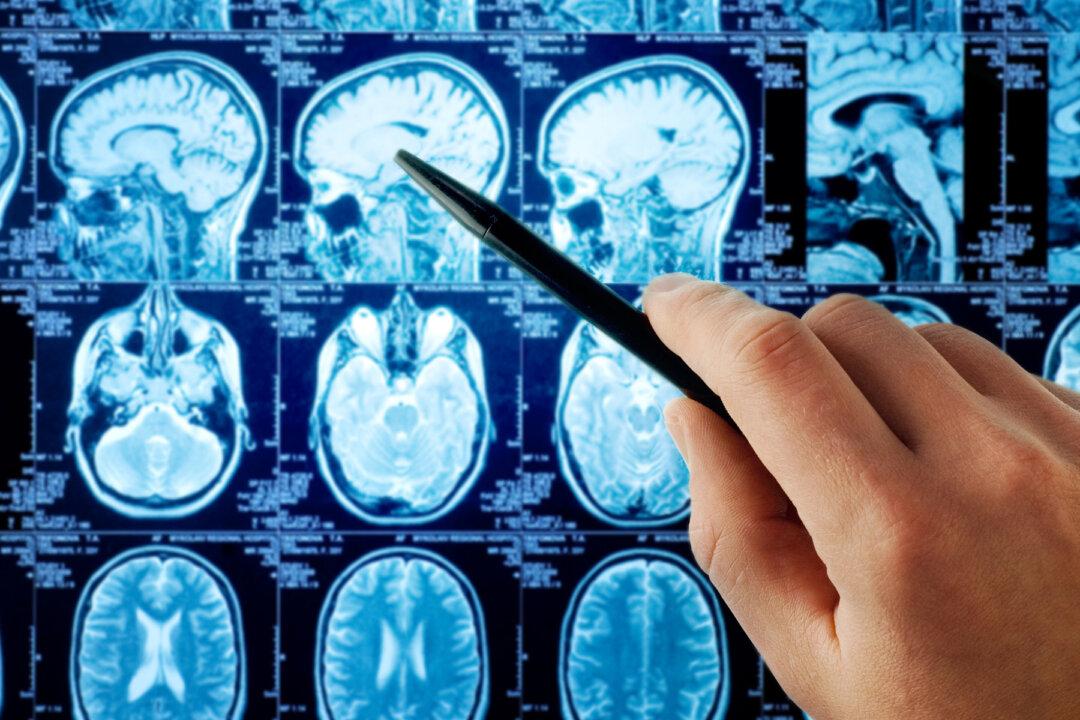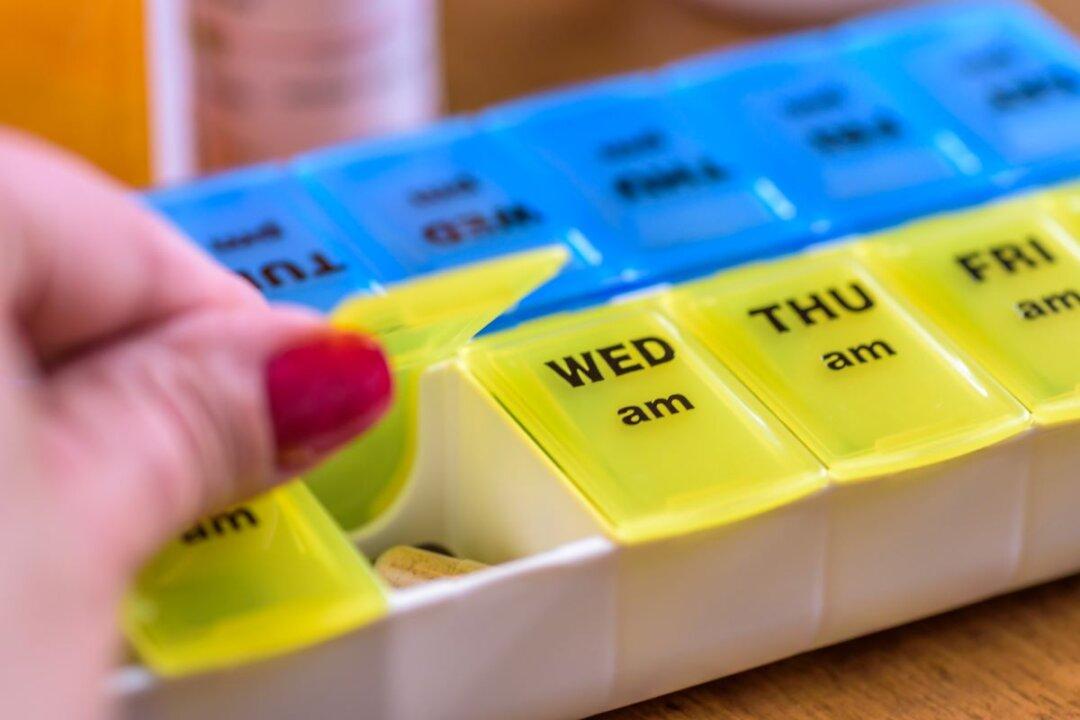Australia has opened one of only a handful of labs across the globe with the capacity to detect mysterious dark matter, something that has never been seen and is little understood.
The Stawell Underground Physics Laboratory (SUPL), located in regional Victoria and one kilometre underground in the Stawell Gold Mine, will lead Australia’s research in the field, advance scientific understanding of dark matter, and attempt to unlock the secrets of the universe.





